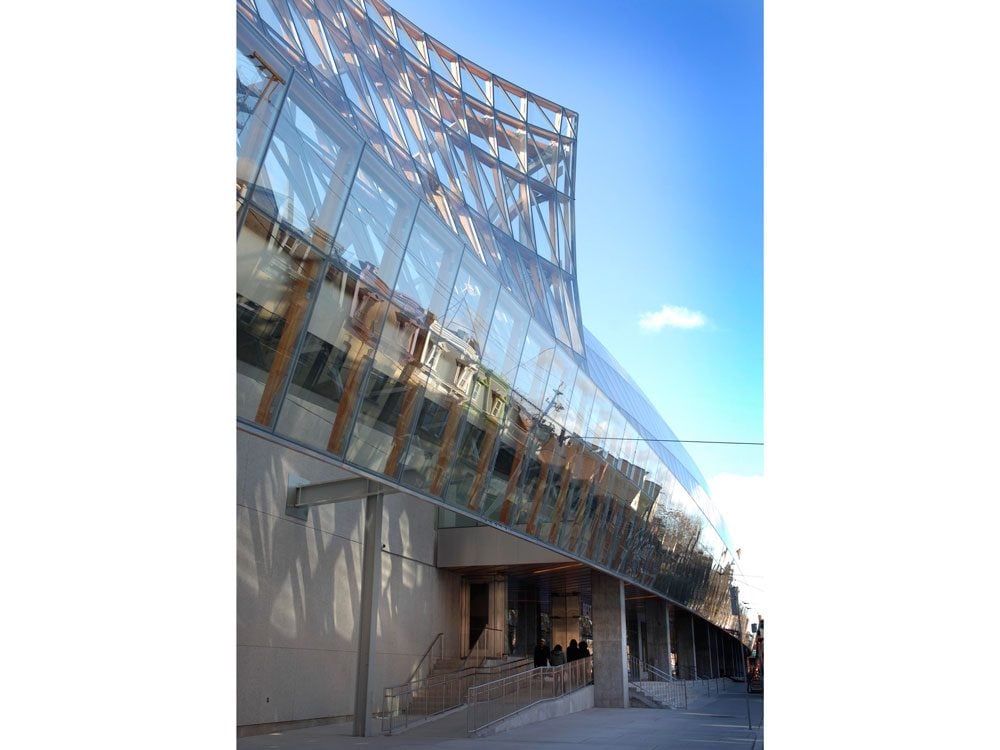
Art Gallery of Ontario
If you’re visiting Toronto, the Art Gallery of Ontario (AGO)needs to be on your itinerary. With nearly 95,000 beautiful works of art, there is something for every taste. We rounded up the gallery’s top 10 must-sees.
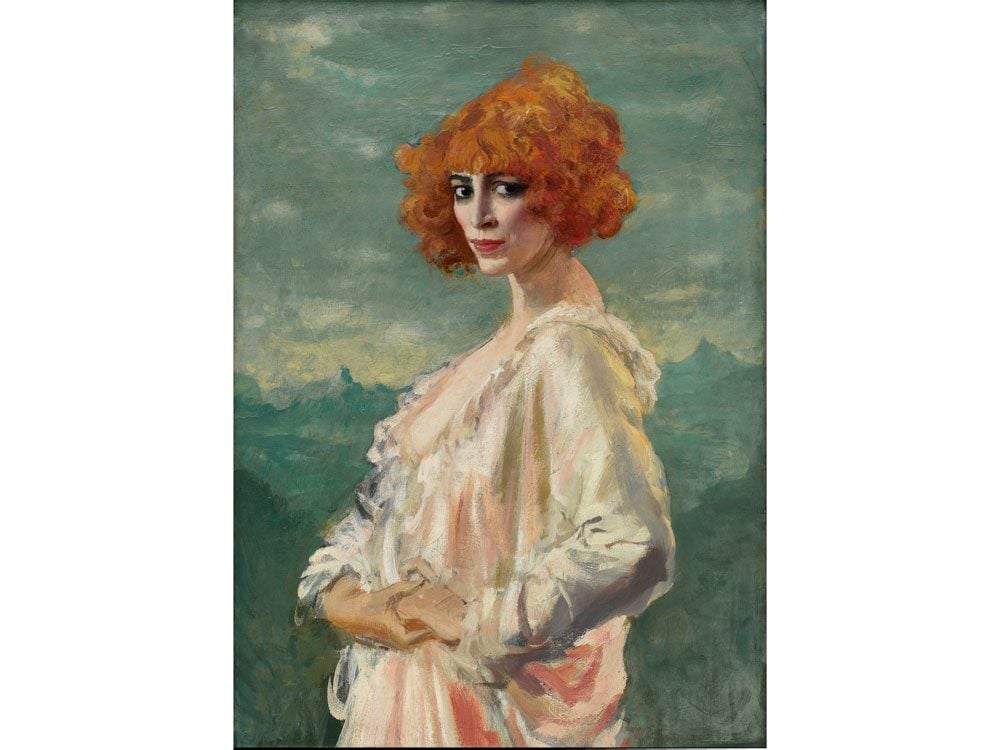
Augustus John’s The Marchesa Casati
Luisa Casati was one of the wealthiest—and most frequently painted—women in 20th-century Italy. An eccentric character, she enjoyed walking her pair of pet cheetahs and wearing live snakes as jewelry, which made her a popular muse for artists. Augustus John’s “The Marchesa Casati” would become one of the most celebrated Casati portraits. John was an important exponent of post-impressionism in the United Kingdom—largely celebrated for his figure drawings and oil sketches— earning him flattering comparisons to Henri Matisse.
Take a look at the secret messages hidden in famous paintings.
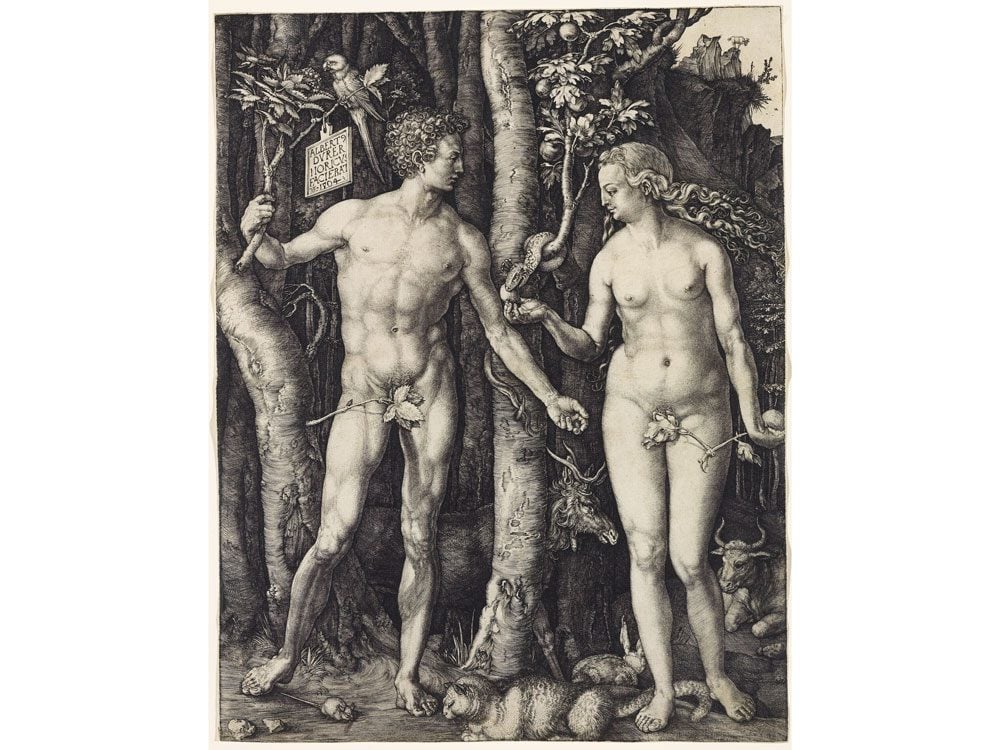
Albrecht Dürer’s Adam and Eve
Go ahead and get lost in the incredible detail of this masterpiece by Albrecht Dürer, one of the most important figures of the German Renaissance. The 1504 engraving is Dürer’s most famous work, and showcases the multi-medium artist’s scientific background, and fascination with anatomy and the human form. Throughout his works, he strived to portray ideal bodily proportions, and here, Adam and Eve represent his vision of perfection.
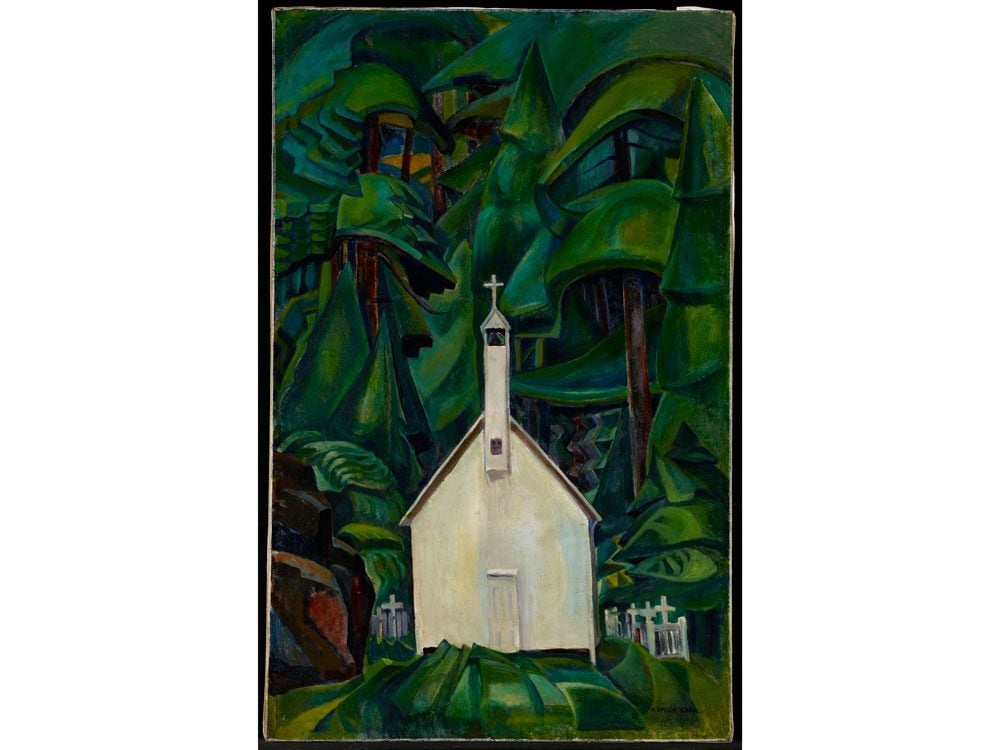
Emily Carr’s Church at Yuquot Village, 1929
The works of Canadian painter Emily Carr were heavily inspired by the Indigenous peoples of the Pacific West Coast. Here, she depicts a church built by missionaries in B.C.’s Yuquot Village, home to the Mowachaht Muchalaht community. Although the structure ultimately burned down, it was rebuilt and stands today not as a Catholic church, but as a community hall.
For more Indigenous-inspired art, check out the works of Kalum Teke Dan!
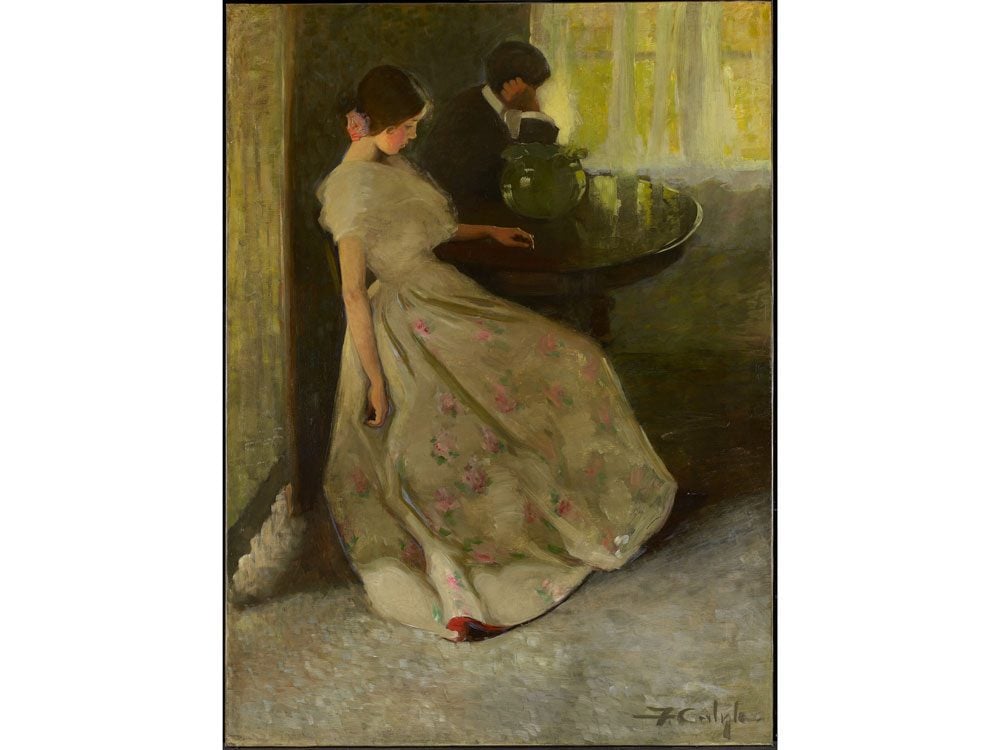
Florence Emily Carlyle’s The Tiff
Portrait painter and colourist Florence Emily Carlyle was born in Galt, Ont. Despite remaining single her whole life in order to pursue her art, she had a tendency to paint women in scenarios of courtship or domesticity. Such is the case in “The Tiff,” which depicts a young woman sulking after a spat with a lover.
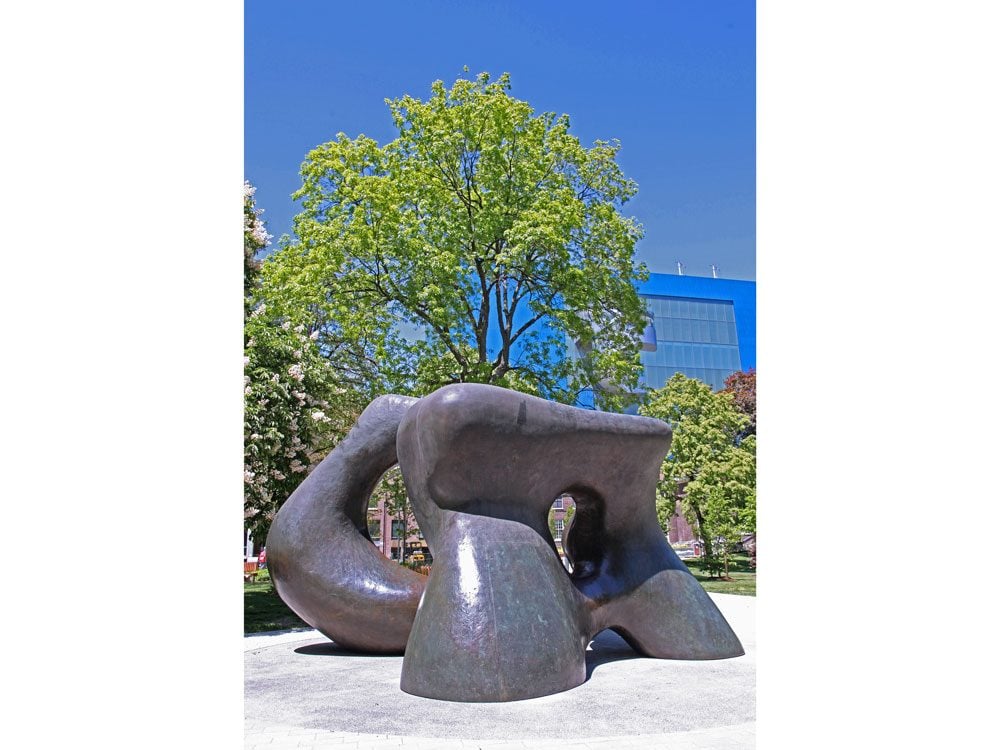
Henry Moore’s Large Two Forms
Previously situated outside the main entrance of the AGO on Dundas Street West, Henry Moore’s “Large Two Forms” became one of Toronto’s best-known—and most photographed—works of art. Today, visitors can find the sensual, pelvic-shaped bronze sculpture at the rear of the building in the Grange Park. It’s highly representative of Moore, who is known for his semi-abstract, avant-garde and surreal corporeal figures, often suggestive of the female form. And although it’s certainly the biggest, it’s just one of the 900 pieces of Moore’s work—which includes about 150 sculptures—held at the AGO.
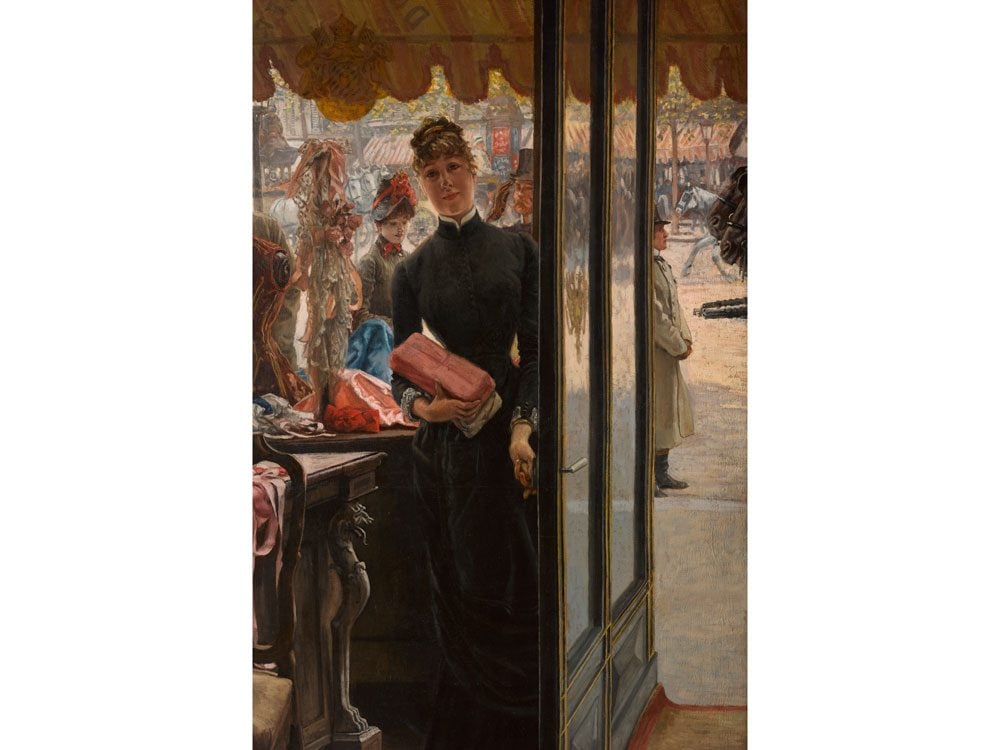
James Tissot’s The Shop Girl
French artist James Tissot became famous as a genre painter of fashionable women in everyday settings. “The Shop Girl” is one of those works, realized in the small brush strokes that set him apart from the Academy Style popular in the late 1800s. Here, Tissot places the viewer inside the painting—one of his favourite techniques—as the ribbon seller holds the shop door open for us, making the piece interactive and captivating.
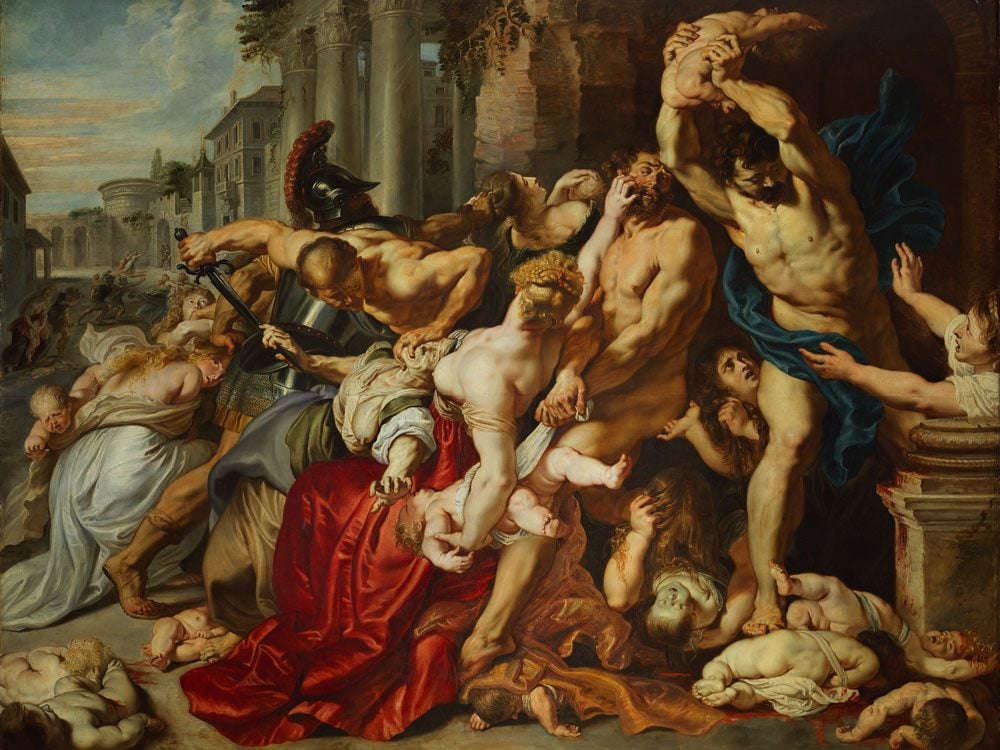
Peter Paul Rubens’ The Massacre of the Innocents
Flemish Baroque artist Peter Paul Rubens is famous for his classical depictions of Biblical events. Among his most striking, however, is this take on the horrific “Massacre of the Innocents,” in which King Herod orders the execution of all boys under the age of two in Bethlehem. Highly influenced by the time Rubens spent in Italy, where Baroque thrived in the late 1600s, this masterpiece astounds with its skillful composition and rich, dramatic use of colour.
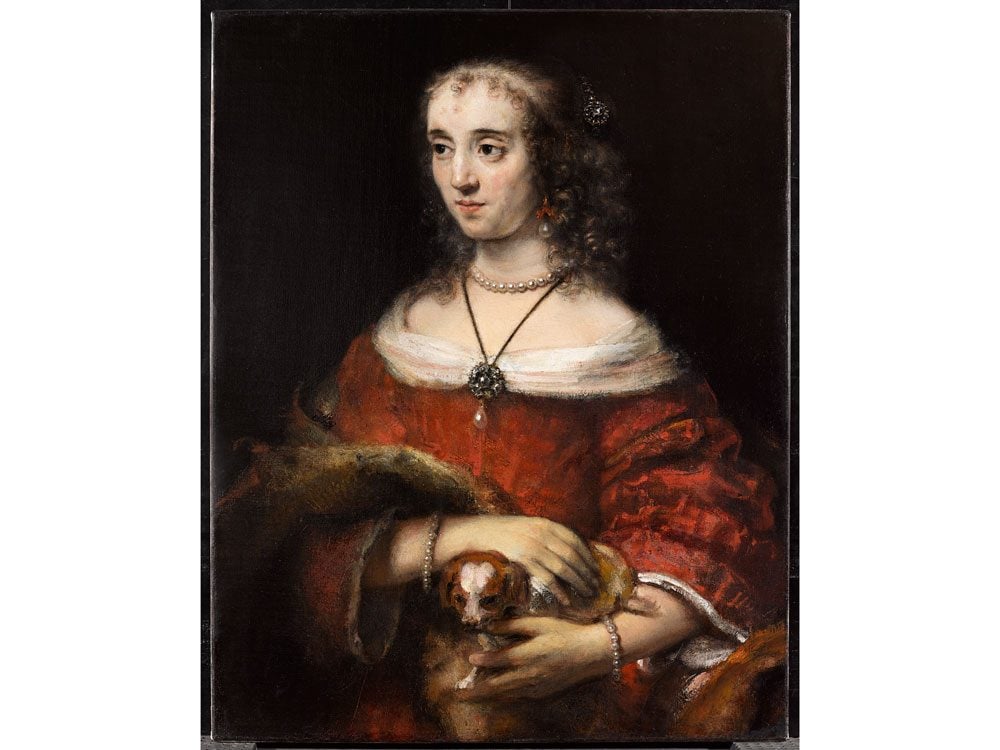
Rembrandt Harmensz van Rijn’s Portrait of a Lady with a Lap Dog
Rembrandt is revered as the most important figure in Dutch art history, and this late portrait serves as a testament to his remarkable skill. Though assumed to be Rembrandt’s daughter-in-law, the identity of the woman in “Portrait of a Lady with a Lap Dog” is unknown. Between the thick brushstrokes and rich, dark colours, it’s an enchanting likeness that you absolutely must see at the Art Gallery of Ontario.
Check out more of the strangest unsolved mysteries of the art world.
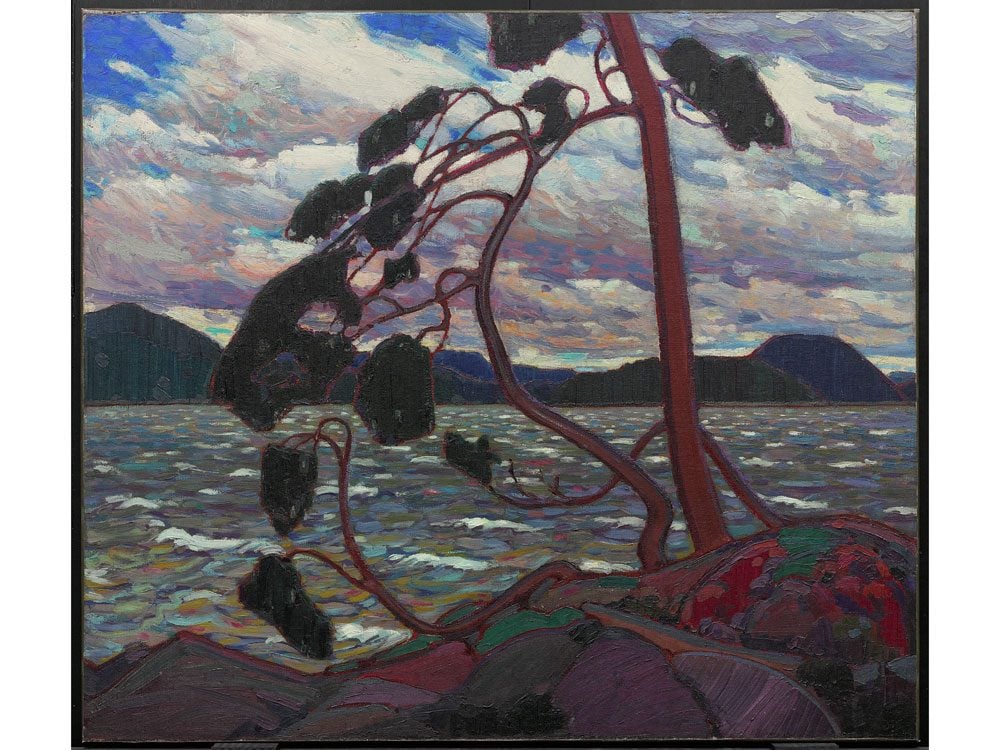
Tom Thompson’s The West Wind
Tom Thompson’s works were exceptionally influential and shaped the way Canadians viewed their country in the era of the First World War. Considered the AGO’s most cherished Canadian painting, “The West Wind” is one of Thompson’s most iconic works. It’s unclear whether or not the piece was finished—it was found in Thompson’s studio when he died and never exhibited in his lifetime. The painting received criticism from Thompson’s colleagues, and he himself was reportedly dissatisfied with it. Others, however, praise its bold colours and unusual composition as symbolic of the Northern spirit.
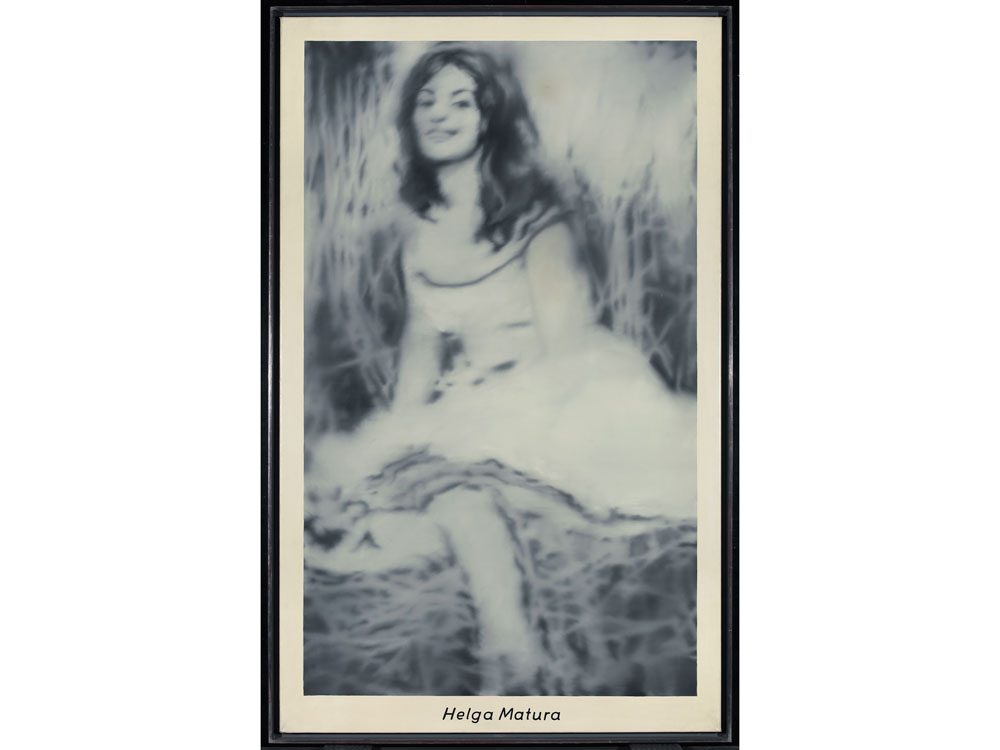
Gerhard Richter’s Helga Matura
With his background in journalism and photography, Gerhard Richter’s blurry, photorealistic oil paintings explore the relationship between the two mediums. His subject here is high-end call girl Helga Matura, whose 1966 murder in Frankfurt dominated German newspaper headlines. Like his other photo-paintings, the work’s fuzzy, snapshot-esque quality leaves visitors questioning exactly what’s being presented, and curious for more.
Interested in more Canadian art? Check out the Musée national des beaux-arts du Quebec’s must-sees.